Do you post pictures of new products you buy on Instagram? Do you ever review restaurants on Tripadvisor? Both of these are examples of user-generated content.
Many brands benefit from user-generated content as it helps them to build trust with new users, increase social proof and drive brand awareness. In fact, people overwhelmingly agree that user-generated content is more valuable than content generated by brands!
In this post, we’re going to look at some common examples of user-generated content, including why it matters and how you can leverage it to improve your current website or business.
Finally, we’ll show you how to create user-generated content websites on WordPress. Keep reading to learn more!
What is user-generated content?
In a nutshell, “user-generated content” (UGC) refers to any content that has been created by users (rather than brands) and published online. This could be articles, images, videos, reviews—anything!
User-generated content is valuable to brands because it often comes in the form of unsolicited support for their product(s). For example, have you ever written a review of a restaurant on Google? That’s a prime example of user-generated content.
Benefits of user-generated content
In today’s connected world, dominated by social media, user-generated content is something that brands are paying more and more attention to. Products reviews and testimonials are invaluable forms of social proof that help to increase trust and drive sales.
With the rise of user-generated content, consumers have become prolific content creators. In fact, each day, 95 million photos and videos are uploaded to Instagram and over 500 million Tweets are posted on Twitter!
Encouraging or incentivizing users to create and share photos or other content related to your brand could help drive faster growth for your website and business. Brands can also leverage user-generated content to drive down acquisition costs. Amanda Natividad, VP of Marketing at Sparktoro explains how:
Create tutorials substantiated by user-generated content. Develop a case study and ask the customer if they can be on-deck to speak to reporters. Then those customers you build the strongest relationships with? Invite them to your Customer Advisory Board where they’ll get to beta test new products and features.
Not only is user-generated content a great marketing tool for brands and online businesses, it can also form the basis for different business models.
Different types of user-generated content
User-generated content can broadly be split into two categories: text-based content and visual content. Text-based content includes articles, reviews, testimonials and forum posts, while visual content includes photos and videos.
Visual content
When users can’t physically inspect a product, they rely on images or videos to decide if it’s something they would want to buy. And thanks to the smartphone, nearly anybody has the power to capture stunning looking photographs.
Social media platforms, like Twitter, Facebook and Instagram are full of user-generated content that brands can leverage to promote their products.
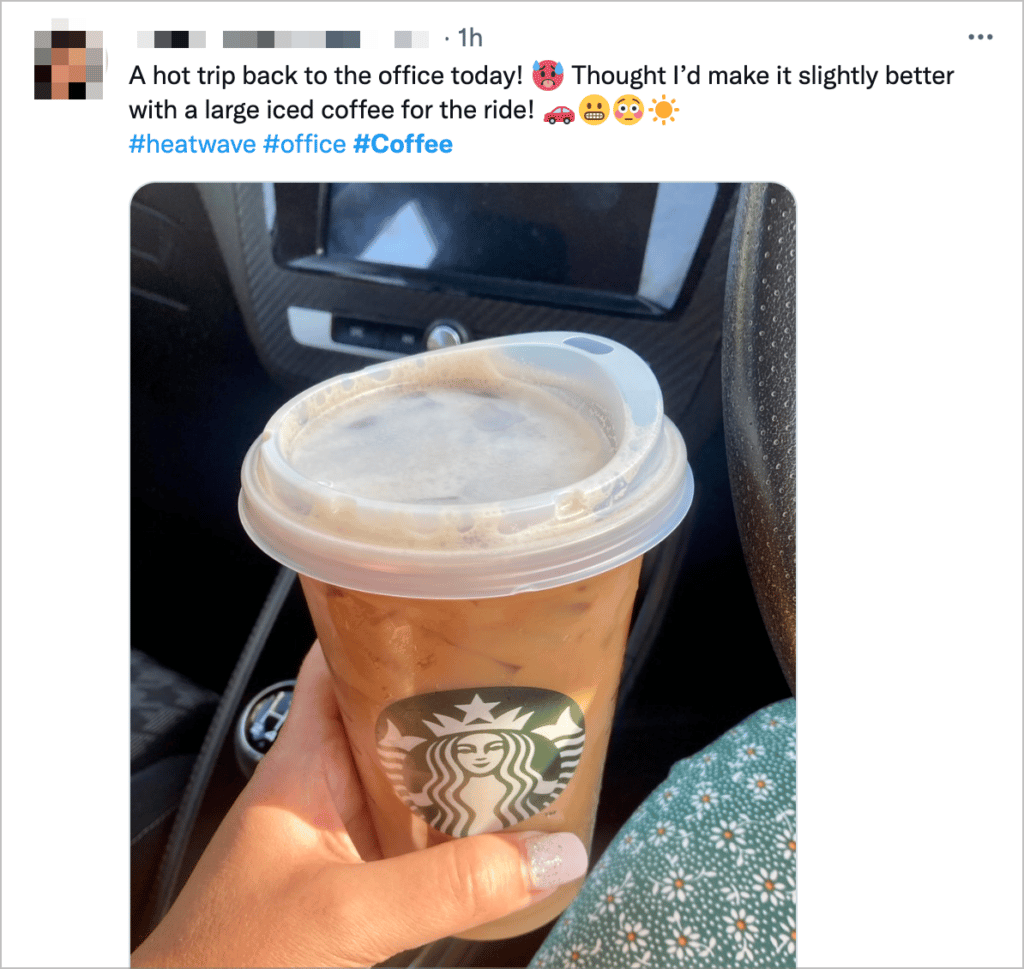
Above is a Twitter post inadvertently promoting Starbucks coffee—a prime example of user-generated content that benefits a specific brand.
Text-based content
Text-based content, such as reviews and testimonials, often contains details that help potential customers make purchasing decisions. For example, many people check reviews on Google before going to eat at a restaurant. If the reviews are mostly negative, they’ll choose somewhere else to eat and the restaurant will lose business.

Examples of user-generated content websites
While most brands leverage user-generated content as part of their marketing strategy, there are some websites that rely solely on user-generated content for their business model. Many of these sites are community websites where users can share information and engage with one another.
Here are some examples of websites exist solely due to user-generated content.
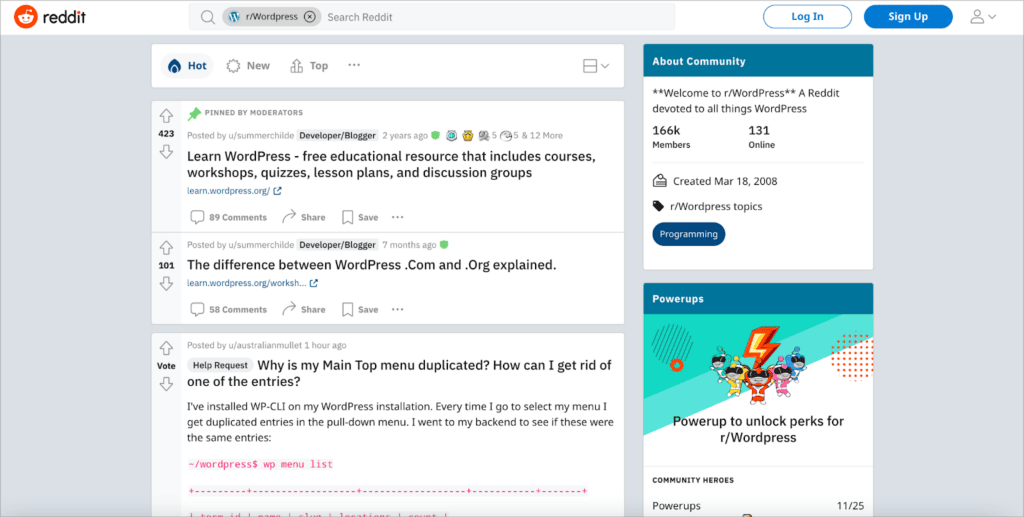
Describing itself as “the front page of the internet”, Reddit is one of the most popular online community websites for users to share content and engage with one another.
On Reddit, there are thousands of smaller communities made up of people with common interests. Users in these communities can post topics that they think are interesting and get feedback from like-minded people.
Nearly all of the content on Reddit is user-generated. People flock to Reddit to ask questions, provide support for others, and keep up to date with industry trends.
Tripadvisor
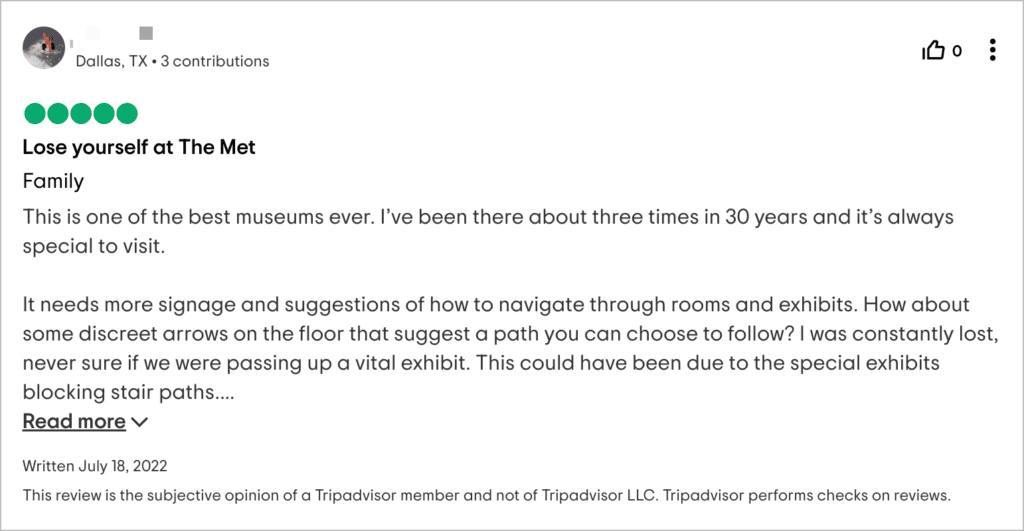
Tripadvisor is a travel company and one of the most well-known user-generated content websites on the internet. Tripadvisor provides information about fun things to do in different cities around the world, complete with user reviews and tips from other travelers.
Tripadvisor has information about hotels, museums, restaurants, tours and much more. If you’re planning to go abroad, Tripadvisor should be one of the first websites you visit to help plan your trip.
Trustpilot
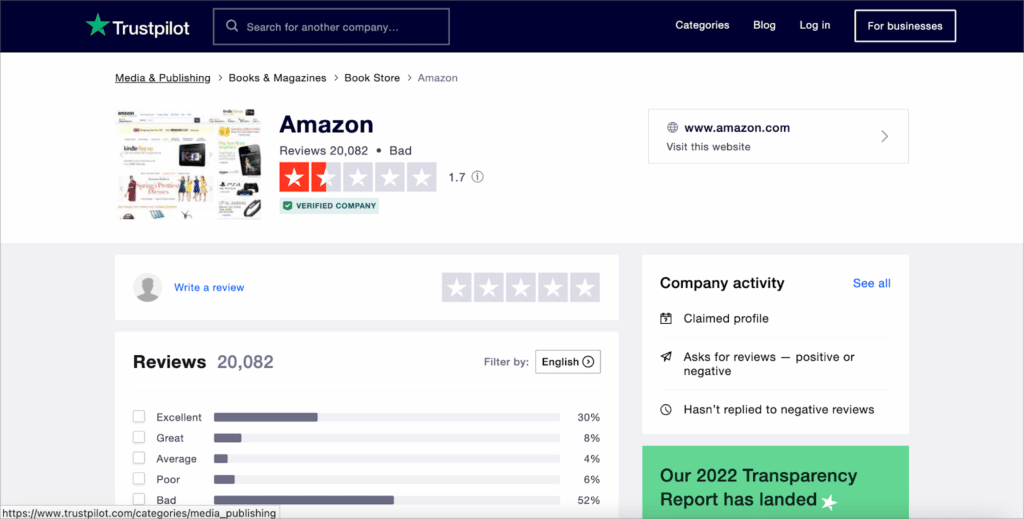
Trustpilot is a consumer review website which hosts reviews of businesses worldwide. Trustpilot is the go-to place to learn more about a specific business and read about existing customers’ experiences. Not only does Trustpilot help consumers shop with confidence, they also deliver rich insights to help businesses improve the experience they offer.
Trustpilot’s business model is based on users leaving reviews. In fact, nearly 1 million new reviews are posted every month!
Tools for publishing user-generated content on WordPress
Before we look at specific examples of user-generated content ideas for your website, here are some powerful tools for capturing content from your users and displaying it on your website:
- Gravity Forms – The ultimate form plugin for WordPress, allowing you to capture data from your users
- GravityKit – A powerful toolkit of add-ons for Gravity Forms, allowing you to display form data on the front end and build dynamic applications.
💡 See how LifterLMS used Gravity Forms and GravityView to leverage user-generated content for their website and marketing.
5 user-generated content ideas for your WordPress website
Now you know why user-generated content is so important and the power of creating a UGC website. Let’s take a look at some examples of user-generated content ideas that you can build or incorporate into your existing website.
1. Create a niche directory
A directory is a website that helps users find businesses, services or professionals within one or more industries. Directories include relevant information about each listing to help consumers make decisions. This often includes contact details, user reviews and images/videos.
Here are some examples of niche directories that you can build on WordPress:
- A geolocation directory showcasing local restaurants
- A member directory for professional business consultants
- A business directory showcasing digital agencies that specialize in driving growth
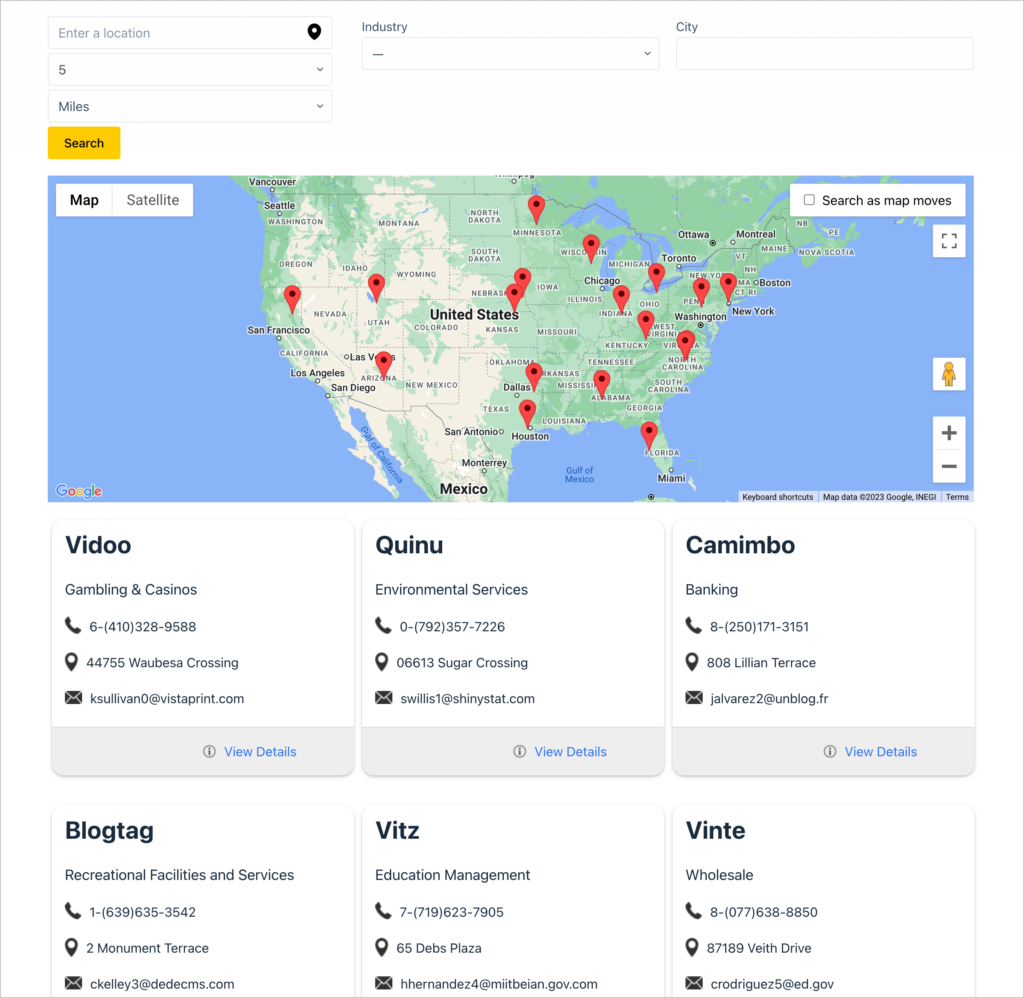
You can monetize a directory by charging people to list their business or services. You can also create private directories and charge users for access.
If you’re looking to build your own directory, WordPress is the perfect platform on which to do so. Just check out our in-depth tutorial showing you how to create a powerful and customizable business directory using Gravity Forms and GravityView!
2. Feature customer testimonials
One of the best ways to boost your sales is by increasing social proof and improving brand trust. The first step to doing this is showcasing customer testimonials on your site. If new users read positive testimonials about your products/services, they are much more likely to invest in what you’re offering.
There are two aspects to acquiring sincere customer testimonials: 1) Have a great product or service; and 2) Make it as easy as possible for users to leave a testimonial on your website.

To accomplish number 2, all you need to do is have a simple testimonial form on your website and a way to showcase those testimonials on the front end (preferrably automated!).
3. Build a product review site
Two of the user-generated content examples that we mentioned above—Trustpilot and Tripadvisor—are websites that showcase customer reviews for businesses or products. Why not start your own product review website in a niche that hasn’t been tapped yet?
Alternatively, you can start incorporating product reviews into your existing eCommerce platform or directory.
4. Promote your products using image galleries
A great way to promote your product is by sharing pictures of real people using it and gaining benefit from it in the real-world. For example, you could place an image gallery on your product pages, with user-generated visual content that you’ve saved from social media or procured through your website.
Once you have this set up, consider cranking things up a notch and use these visuals to create shareable, promotional posters for social media, events, or other marketing purposes!
5. Launch your own community website
Another way to benefit from user-generated content is by building a community website and allowing users to share their own content. It’s unlikely you’re going to be able to rival Reddit any time soon, but creating a niche community can be a profitable business opportunity.
To build a membership site on WordPress, you’ll need a plugin that allows you to register new users, manage user roles and permissions and display user profiles on the front end.
Start a user-generated content website
User-generated content is content that has been created by people rather than brands. Social media posts, product reviews, customer testimonials and forum posts are all examples of user-generated content.
In this post, we showed you examples of successful user-generated content websites, as well as how to build your own using WordPress. If you’re ready to start publishing user-submitted content on your website, check out our toolkit of essential Gravity Forms add-ons.

Helpful tips right in your inbox.
Subscribe to our weekly newsletter for tips, special offers, and more!
Helpful tips right in your inbox.
Subscribe to our weekly newsletter for tips, special offers, and more!
